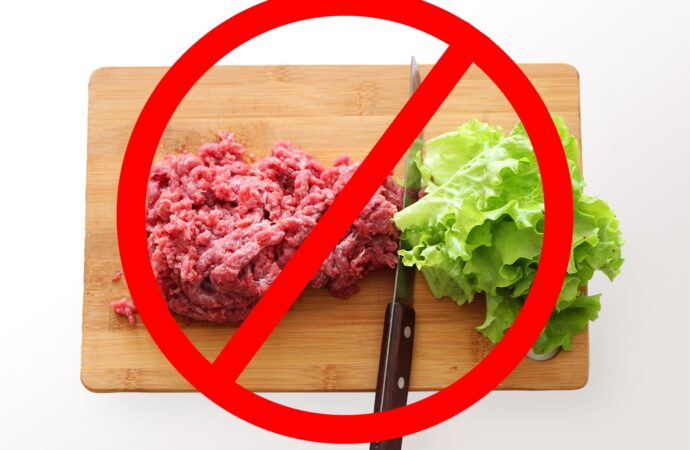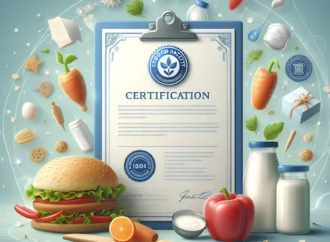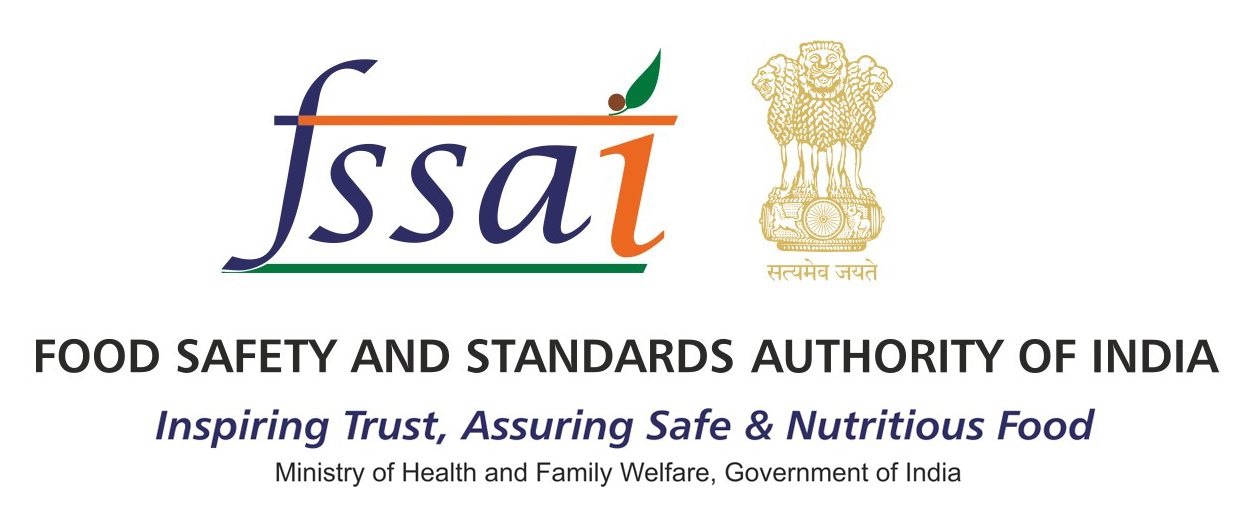Did you know that your cutting board can contaminate your vegetables? This phenomenon is known as cross-contamination. A common misconception is that this term applies primarily to restaurants, which is incorrect. Cross-contamination can occur at any moment and location, making it one of the leading causes of food poisoning. This issue is severe.
While preparing food, many people tend to neglect standard hygiene and safety precautions. As a result, hazardous bacteria, viruses, and parasites can transfer from one food item, surface, person, or piece of equipment to another, leading to contamination. This transfer of harmful bacteria is called cross-contamination. Ignoring this issue can make your kitchen unsafe, and for restaurateurs, it can jeopardize their reputation and business, potentially leading to litigation, fines, and even closures. Therefore, it is crucial to learn about cross-contamination and take steps to prevent your kitchen from becoming a haven for foodborne diseases.
How Does Cross Contamination Occur?
Cross-contamination can occur in several scenarios within the food supply chain:
Food to Food
When contaminated food comes into contact with uncontaminated food, harmful germs can spread. For instance, keeping raw and processed foods on the same shelf in the refrigerator can lead to cross-contamination. Even well-packaged items can be affected; drippings from raw food may contaminate processed foods. Examples include raw chicken on a grill coming into contact with cooking steak or cooked vegetables on the lower shelf of the fridge getting moist from meat drippings.
Equipment to Food
Using contaminated cookware and equipment to prepare food without proper cleaning or sanitization can lead to cross-contamination. This also happens when cooked and uncooked foods are handled on the same surface or utensil before cleaning. For example, handling vegetables and raw chicken on the same work surface or cutting board, or storing sauce in an unsanitary container that previously held raw meat.
People to Food
Humans can also contribute to cross-contamination. If hands are not thoroughly washed between tasks or come into contact with raw meat, vegetables, and ready-to-eat foods simultaneously, cross-contamination occurs. Wiping hands with the same towel or apron between tasks can also lead to contamination. Preparing different foods without changing gloves or using the same gloves for all tasks invites further risk.
Preventing Cross – Contamination
At Home
Shopping
Preventing cross-contamination should start at the grocery store. Here are some tips:
- Avoid purchasing soon-to-expire foods unless you plan to consume them right away.
- Store poultry, eggs, and meat in separate shopping bags.
- Keep vegetables separate from meat and poultry in your cart.
Storing
Once home, store your purchases at the appropriate temperature and location. Follow these guidelines:
- Keep raw meat in an airtight container at the bottom of the fridge.
- Store vegetables, fruits, and ready-to-eat foods separately.
- Keep eggs in their carton, separate from other foods.
Cooking
The cooking stage is when cross-contamination is most likely to occur. Therefore, take extreme care to:
- Handle raw meat with clean hands before, during, and after cooking.
- Use distinct cutting boards, vessels, and knives for raw and processed foods.
- Wash cutting boards, cutlery, and cooking surfaces with warm water and soap after handling raw meat.
- Keep clean dishrags and sponges available.
- Use a food thermometer while cooking.
- Cook food to the appropriate temperature and avoid refrigerating leftovers for more than three days.
Transporting
It is crucial to transport food safely to prevent contamination:
- Always wash your lunch boxes after use.
- Use thermal containers and cold packs when necessary.
- Never store food in unclean containers or those that previously held contaminated food.
In Restaurants
To stop cross-contamination in restaurants, implement policies that completely restrict contaminated food. Consider the following strategies:
- Train employees to wash their hands with soap and warm water after handling meat and seafood, before handling ready-to-eat foods, and after using the restroom.
- Ensure that staff use single-use tissues or hand dryers rather than clothing to wipe their hands.
- Maintain separate and clean countertops, utensils, plates, and cutting boards for raw and cooked foods. Replace items as soon as they show signs of wear.
- Regularly disinfect work surfaces, equipment, utensils, cabinet knobs, doorknobs, and refrigerator handles.
- Use a food thermometer to ensure meat and fish are cooked to the appropriate temperatures, as lowering the temperature can invite harmful bacteria.
Key Takeaways
The consequences of cross-contamination can be severe, potentially leading to foodborne illnesses and undermining confidence in your kitchen and food safety. Restaurateurs especially need to be vigilant, as cross-contamination can tarnish their brand.
However, preventing cross-contamination is not rocket science. Disinfecting surfaces, equipment, and utensils, along with adhering to basic hygiene practices, can help you maintain a safe kitchen and food environment.
 Food Manifest
Food Manifest 















